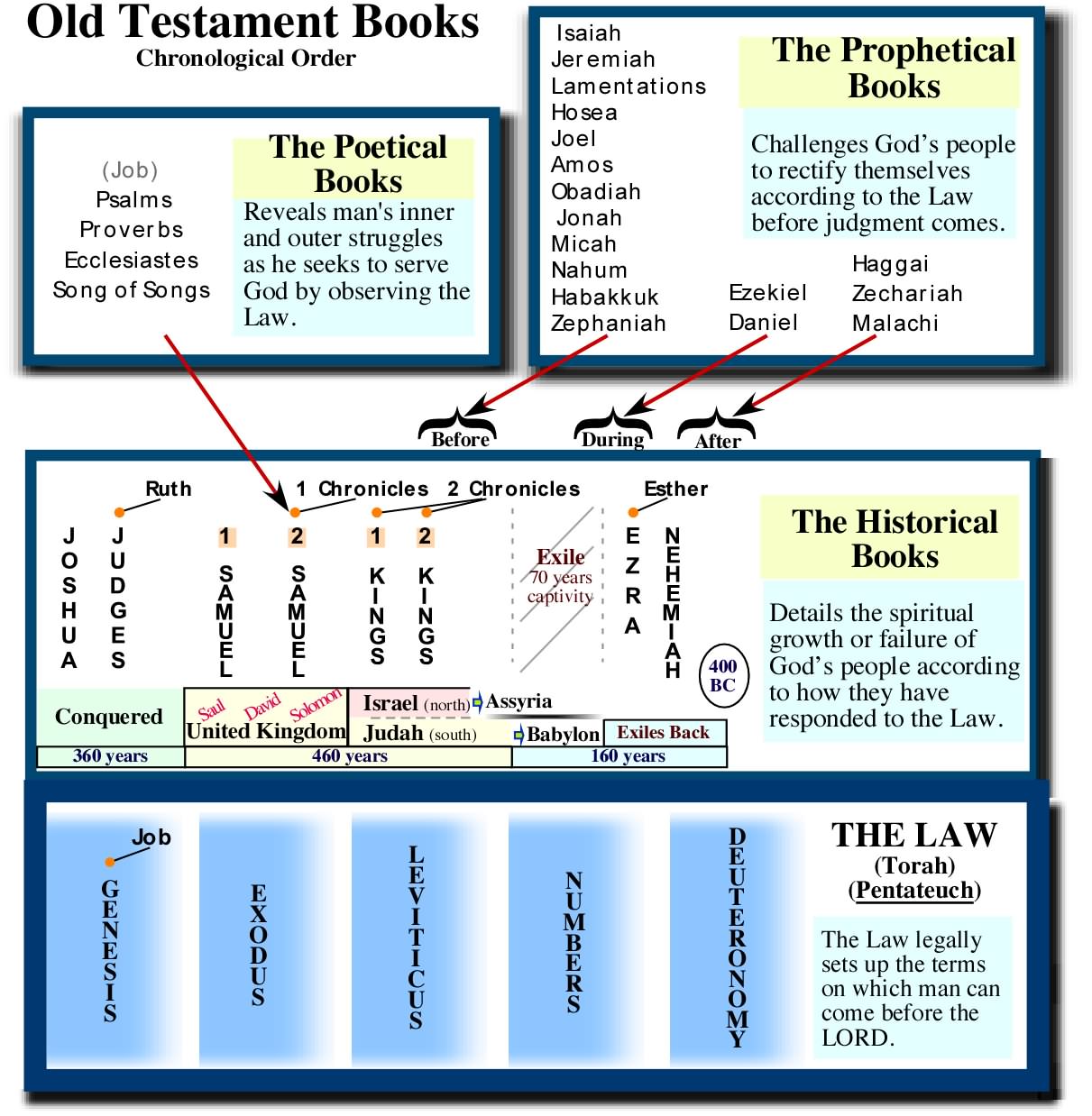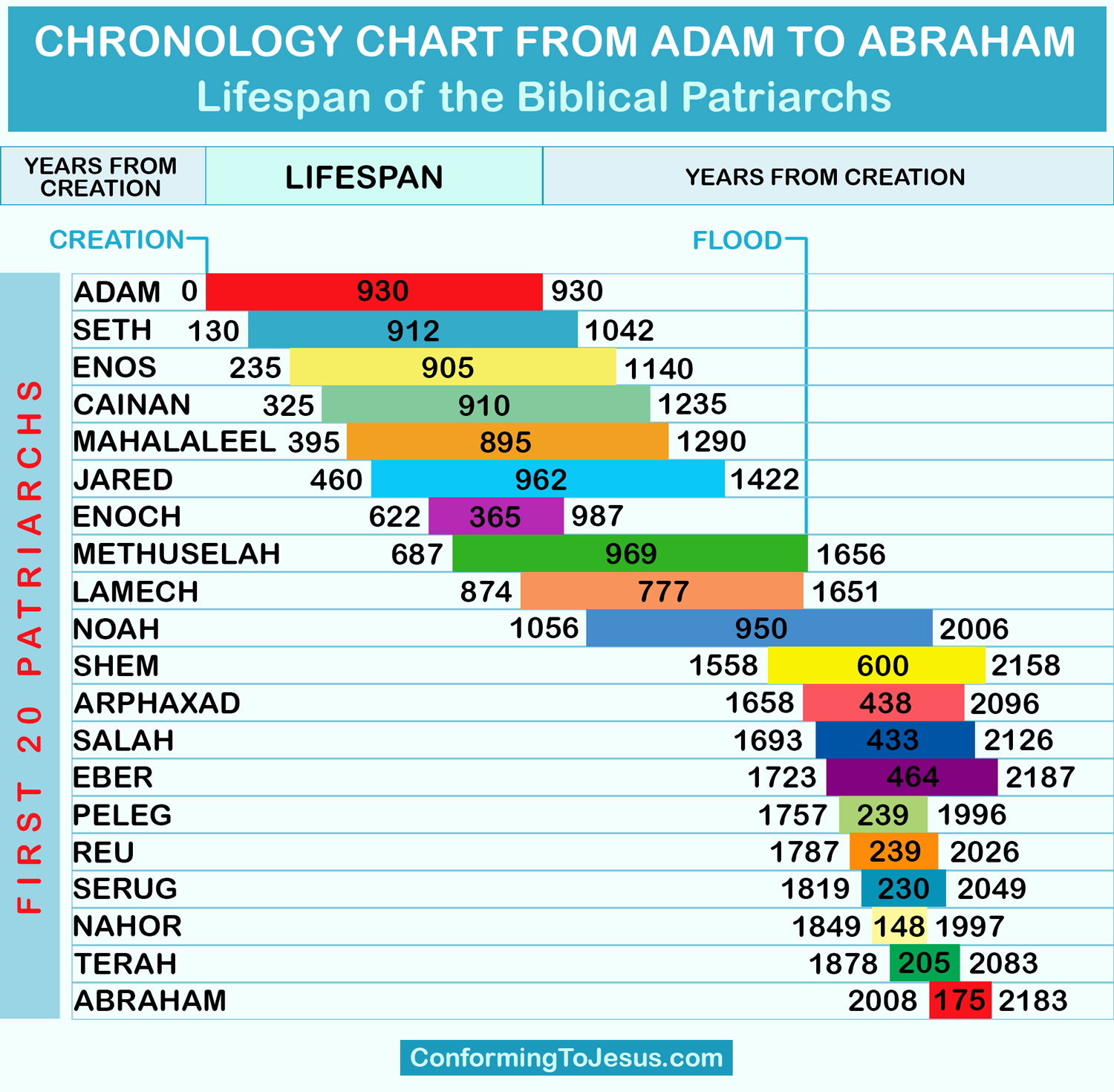


Much of the Hebrew Bible/Old Testament may have been assembled in the 5th century BCE. This table summarises the chronology of the main tables and serves as a guide to the historical periods mentioned. Dating the composition of the texts relies primarily on internal evidence, including direct references to historical events- textual criticism and philological and linguistic evidence provide more subjective indications.

The final book (in the ordering of the canon), the Book of Revelation, is generally accepted by traditional scholarship to have been written during the reign of Domitian (81–96). The first book written was probably 1 Thessalonians, written around 50 CE. Internal evidence in the texts suggests dating the individual books of the 27-book New Testament canon in the 1st century CE. With the exception of a few biblical sections in the Prophets, virtually no biblical text is contemporaneous with the events it describes. The oldest extant manuscripts of the vocalized Masoretic Text (the basis of modern editions), date to the 9th century CE. The oldest extant complete text survives in a Greek translation called the Septuagint, dating to the 4th century CE ( Codex Sinaiticus). The oldest surviving Hebrew Bible manuscripts-including the Dead Sea Scrolls-date to about the 2nd century BCE ( fragmentary) and some are stored at the Shrine of the Book in Jerusalem.


 0 kommentar(er)
0 kommentar(er)
